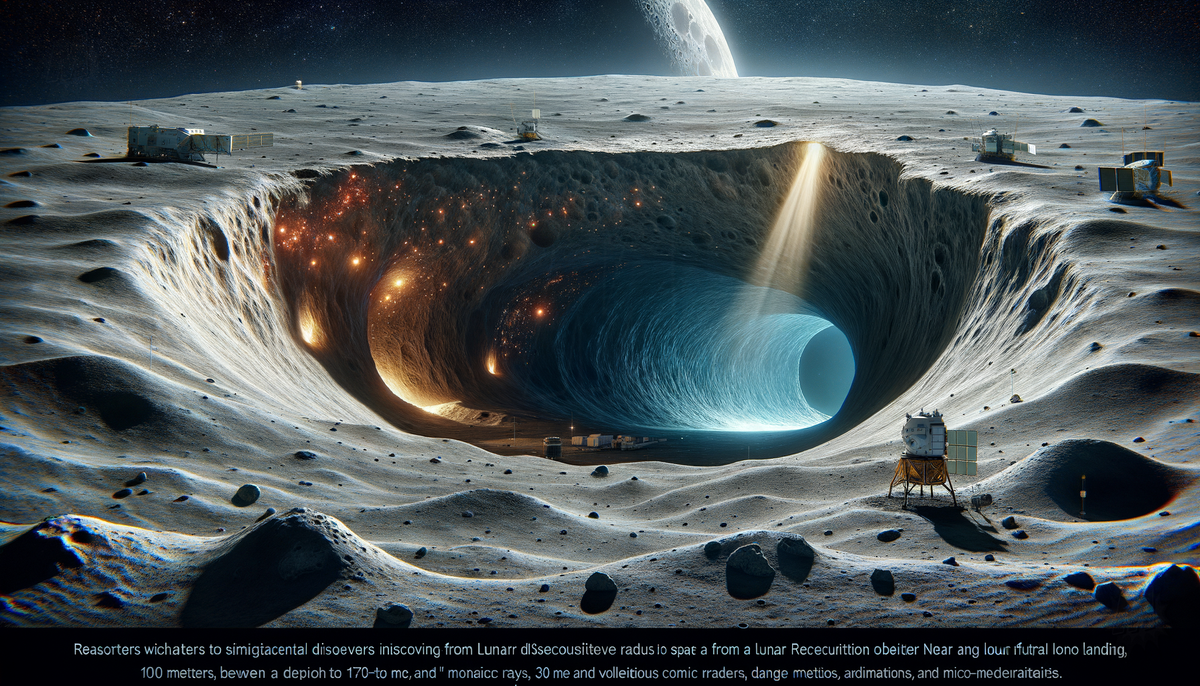NASA discovers moon cave that could house future explorers

Researchers from the University of Trento in Italy, using radar data from NASA's Lunar Reconnaissance Orbiter, have discovered a substantial underground cave on the moon. This cave, located in the Mare Tranquillitatis region near the Apollo 11 landing site, features a "skylight" entrance approximately 100 meters wide. The cave is estimated to be between 130 to 170 meters deep, 30 to 80 meters long, and around 45 meters wide. This discovery has been detailed in a paper published in Nature Astronomy.
The researchers, including Lorenzo Bruzzone and Leonardo Carrer, believe the cave could be a prime candidate for a future lunar base. The subterranean location offers protection from the moon's extreme temperatures, harmful cosmic rays, solar radiation, and micrometeorites. The cave, likely a hollow lava tube formed by volcanic activity, may provide a stable environment for astronauts. This discovery underscores the potential for other similar caves across the lunar surface, which could further support long-term human exploration and habitation on the moon.




